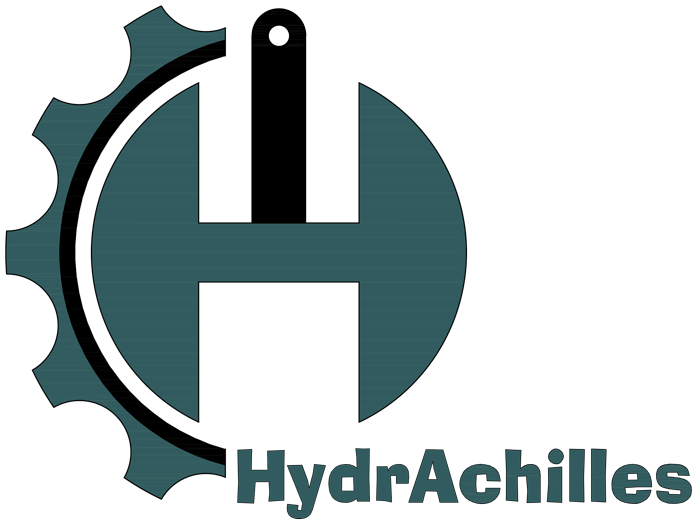The urban building is susceptible to a wide variety of structural issues, mainly when the building is located in seismic-prone areas. Installation of viscous dampers has gained momentum nowadays as one probable solution to this problem, which adds additional stability to buildings during events that cause buildings to vibrate violently, such as earthquakes or strong wind gusts. However, before making such investments, there should be a detailed Cost-benefit analysis for viscous damper installation in urban buildings to be obviously worth the financial commitment. This approach allows decision-makers, architects, and engineers to balance upfront costs against long-term savings, safety, and resiliency. The present paper provides a state-of-the-art cost-benefit analysis of viscous dampers installation in urban buildings, addressing the main issues of installation costs, possible structural damage reduction, the prolongation of building life, and increased safety for occupants.
The Installation Costs of Viscous Dampers in Urban Settings
Installation cost is one of the significant factors that have to be taken into consideration during any cost-benefit analysis pertaining to viscous dampers for urban buildings. Viscous dampers are actually highly specialized equipment, and their installations require skilled labor and unique materials that add a great deal to their upfront costs. Logistics related to installation become more expensive in an urban setting with regard to space constraint issues, transportation problems for equipment, and essential permits, among others.
- Materials and Equipment: The viscous dampers are made from high-grade material since durability and performance under stress will come into play. The selected materials specifically will directly affect the cost, together with the size of the dampers and the number required for a building.
- Labor and Expertise: Since viscous dampers require special knowledge to install correctly, the associated labor is often costlier. Working with certified contractors will ensure that all installation safety regulations are followed to ensure the dampers’ maximum effectiveness.
- Permits and Regulations: Building codes and regulations are in place, generally in urban areas, where permits are required for structural changes. The cost of obtaining these permits sometimes involves added costs and may take some time, adding to the overall cost.
Benefits: Enhanced Safety and Structural Resilience
Viscous dampers may be an extremely valuable investment in radically improving the building’s seismic, wind, and other resistance. In many high-risk situations, safety considerations alone may make it worthwhile.
- Improved Occupant Safety: Viscose dampers dissipate seismic and wind forces by absorbing energy; hence, the extent of shaking is less, and it provides stability. All these contribute directly to the safety of occupants and peace of mind for building owners and tenants.
- Structural Longevity: Buildings with dampers tend to have longer lifespans because the dampers reduce the stress on structural components, minimizing wear and tear over time. This benefit extends the life of the building, making it a valuable investment.
- Reduction in Maintenance Costs: With dampers installed, buildings require fewer structural repairs, reducing overall maintenance costs. This is particularly advantageous in urban settings where access to repair sites is challenging and expensive.
Environmental Benefits and Sustainability
Viscous dampers, however, somewhat align with being ecologically friendly due to the rising interest in sustainable solutions to building. They reduce the frequency of repairs and replacements, hence reducing waste and decreasing the need for new materials.
- Reduced Environmental Impact: The viscous dampers reduce demolitions and reconstructions, minimizing their environmental impact by prolonging the lifetime of buildings.
- Lower Energy Consumption for Repairs: Buildings operating with dampers are put under less stress. Hence, they tend to require fewer repairs, which contributes to sustainability in a very indirect way.
- Potential for Green Certifications: Accommodating viscous dampers will help acquire green building certifications that add value and attractiveness to the property.
Conclusion
As shown by the following derivation, including viscous dampers installation in urban buildings seems very attractive from a cost-benefit analysis point of view. High initial measure costs are countered by safety benefits that demonstrate the longevity of the structure, maintenance reduction, and possible beneficial environmental impacts – hence, a strong rationale for installation. Viscous dampers are a protective measure that elongates the life cycle of the building, therefore protecting its occupants more effectively. These viscous dampers are one kind of investment that pays dividends, particularly for structures in urban areas facing more significant structural stresses, and such benefits span into financial and environmental sustainability.
FAQs
- What are the primary benefits of installing viscous dampers in urban buildings?
Viscous dampers enhance structural stability, improve occupant safety, and reduce long-term maintenance costs, making them especially valuable in earthquake-prone areas. - How do viscous dampers contribute to building sustainability?
They prolong a building’s lifespan, reduce the need for repairs, and lower energy consumption associated with maintenance, supporting sustainable construction goals. - Are viscous dampers expensive to install?
Yes, viscous dampers involve high initial costs due to specialized equipment and labor, but these expenses are often offset by long-term savings and safety benefits. - Can viscous dampers increase property value?
Absolutely. Buildings with enhanced structural resilience and safety often have higher market value and appeal to tenants, making dampers a worthwhile investment. - Do urban building codes support the installation of viscous dampers?
In most cases, yes. Many urban areas encourage or mandate such installations for buildings to enhance resilience against seismic activity and other environmental forces.


Leave A Comment